Related Research Articles
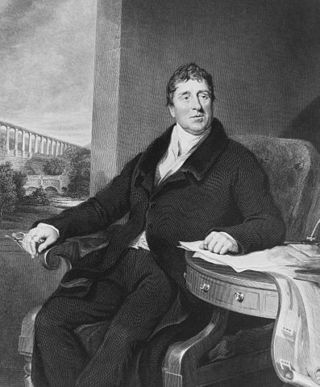
Thomas Telford was a Scottish civil engineer. After establishing himself as an engineer of road and canal projects in Shropshire, he designed numerous infrastructure projects in his native Scotland, as well as harbours and tunnels. Such was his reputation as a prolific designer of highways and related bridges, he was dubbed the Colossus of Roads, and, reflecting his command of all types of civil engineering in the early 19th century, he was elected as the first president of the Institution of Civil Engineers, a post he held for 14 years until his death.

Sir Samuel Morton Peto, 1st Baronet was an English entrepreneur, civil engineer and railway developer, and, for more than 20 years, a Member of Parliament (MP). A partner in the firm of Grissell and Peto, he managed construction firms that built many of London's major buildings and monuments, including the Reform Club, The Lyceum Theatre, Nelson's Column and the replacement Houses of Parliament - commissions which brought him great wealth. The scale of his operations, and that of the workforces needed to undertake them, made him the world's largest employer.

The Liverpool and Manchester Railway (L&MR) was the first inter-city railway in the world. It opened on 15 September 1830 between the Lancashire towns of Liverpool and Manchester in England. It was also the first railway to rely exclusively on locomotives driven by steam power, with no horse-drawn traffic permitted at any time; the first to be entirely double track throughout its length; the first to have a true signalling system; the first to be fully timetabled; and the first to carry mail.

Thomas Cubitt was a British master builder, notable for his employment in developing many of the historic streets and squares of London, especially in Belgravia, Pimlico and Bloomsbury. His great-great-great-granddaughter is Queen Camilla.

Joseph Locke FRSA was an English civil engineer of the nineteenth century, particularly associated with railway projects. Locke ranked alongside Robert Stephenson and Isambard Kingdom Brunel as one of the major pioneers of railway development.

Sir John Hawkshaw FRS FRSE FRSA MICE, was an English civil engineer. He served as President of the Institution of Civil Engineers 1862-63. His most noteworthy work is the Severn Tunnel.
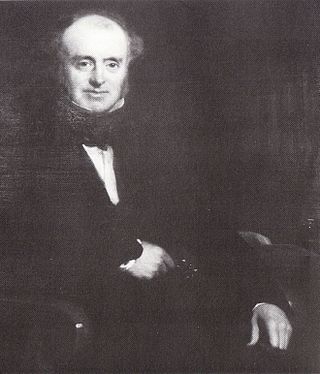
James Walker was an influential British civil engineer and contractor.

Thomas Brassey was an English civil engineering contractor and manufacturer of building materials who was responsible for building much of the world's railways in the 19th century. By 1847, he had built about one-third of the railways in Britain, and by time of his death in 1870 he had built one in every twenty miles of railway in the world. This included three-quarters of the lines in France, major lines in many other European countries and in Canada, Australia, South America and India. He also built the structures associated with those railways, including docks, bridges, viaducts, stations, tunnels and drainage works.

Sir William Cubitt FRS was an eminent English civil engineer and millwright. Born in Norfolk, England, he was employed in many of the great engineering undertakings of his time. He invented a type of windmill sail and the prison treadwheel, and was employed as chief engineer, at Ransomes of Ipswich, before moving to London. He worked on canals, docks, and railways, including the South Eastern Railway and the Great Northern Railway. He was the chief engineer of Crystal Palace erected at Hyde Park in 1851.
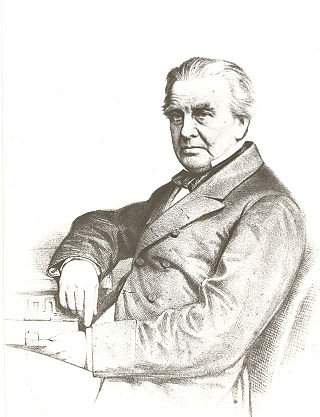
Charles Blacker Vignoles was an influential British railway engineer, and eponym of the Vignoles rail.

Clayton Tunnel is a railway tunnel located near the villages of Clayton and Pyecombe in West Sussex, between Hassocks and Preston Park railway stations on the Brighton Main Line. This tunnel is notable for its turreted and castellated north portal with a single-storey cottage on the top, as well as for being the site of a serious accident in 1861 which was influential in the adoption of a robust signalling system in the UK and elsewhere.

Edward Ladd Betts was an English civil engineering contractor who was mainly involved in the building of railways.

Thomas Andrew Walker was an English civil engineering contractor.

The Islington Tunnel takes the Regent's Canal 960 yards (878 m) under Islington, as the longest such tunnel in London. The way for short boats and barges only opened in 1818; the pavements above are waymarked so the otherwise discontinued towpaths are connected. The canal's Eyre's and Maida Hill Tunnels, to the west, are much shorter.

George Turnbull was the Scottish engineer responsible from 1851 to 1863 for the construction of the first Indian long-distance railway line: Calcutta to Benares up beside the Ganges river, 541 miles, . The main line was later extended to Delhi. He had some 100 British civil engineers and 118,000 Indian workers. All railway lines, engines etc etc were brought from Britain in ships -- most then went in Indian ships up the Ganges river, despite monsoons.

Maida Hill Tunnel is a canal tunnel on the Regent's Canal in London, England. The two other tunnels on the Regent's Canal are Islington Tunnel and Eyre's Tunnel.
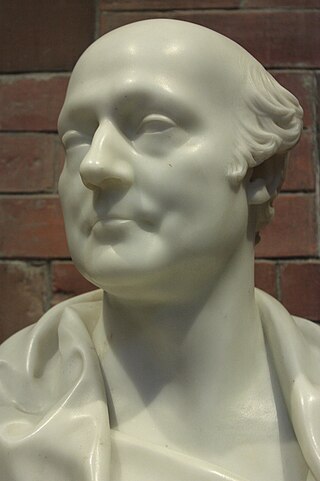
James Jardine was a Scottish civil engineer, mathematician and geologist. He was the first person to determine mean sea level. He built tunnels and bridges, including for the Innocent Railway, and built reservoirs including Glencorse, Threipmuir, Harlaw for Edinburgh Water Company, and Cobbinshaw for the Union Canal.

John Hick was a wealthy English industrialist, art collector and Conservative Party politician who sat in the House of Commons from 1868 to 1880, he is associated with the improvement of steam-engines for cotton mills and the work of his firm Hick, Hargreaves and Co. universal in countries where fibre was spun or fabrics woven.
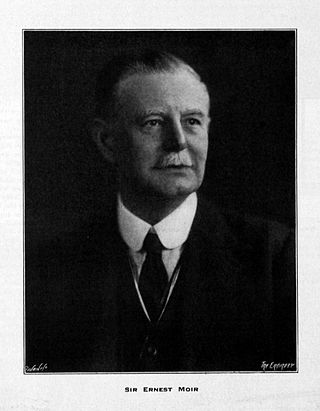
Sir Ernest William Moir was a British civil engineer and the first Moir baronet. He is credited with inventing the first medical airlock while working on the Hudson River Tunnel in New York in 1889.
Charles Jones was an English civil engineer, working primarily on canal tunnels. Despite Jones's extensive career working with prominent engineers on many waterways, he gained a reputation of unreliability and inability, and was dismissed from a number of projects.
References
- 1 2 3 A. W. Skempton (1 January 2002). A Biographical Dictionary of Civil Engineers in Great Britain and Ireland: 1500-1830. Thomas Telford. p. 334. ISBN 978-0-7277-2939-2 . Retrieved 13 December 2015.
- 1 2 "William Hoof, Engineering Contractor (c.1788-1855)". leabridge. Retrieved 13 December 2015.
- ↑ Reed, Brian (1969). Crewe to Carlisle. Shepperton, Surrey: Ian Allan. p. 34. ISBN 9780711000575. SBN 7110-0057-3.